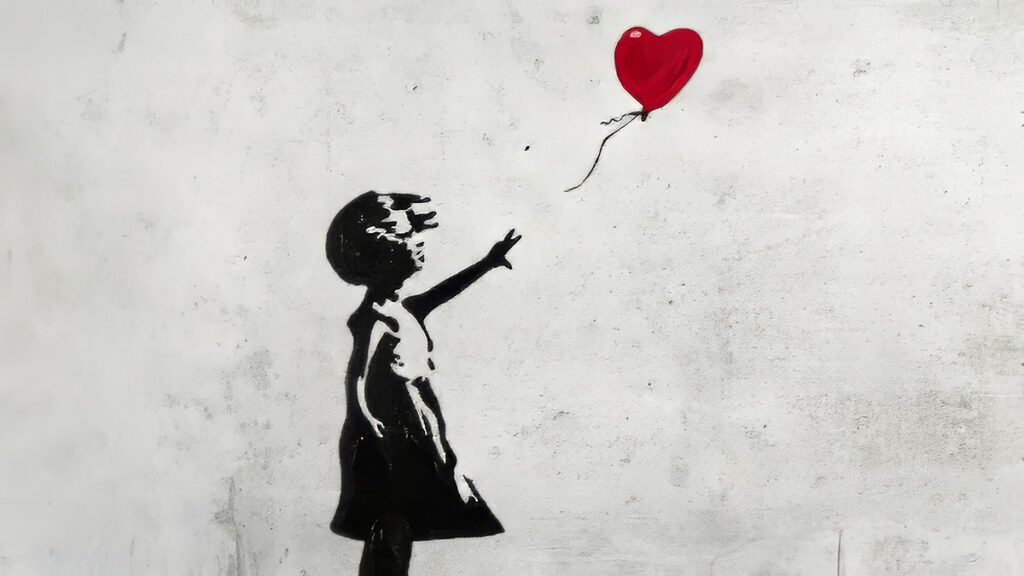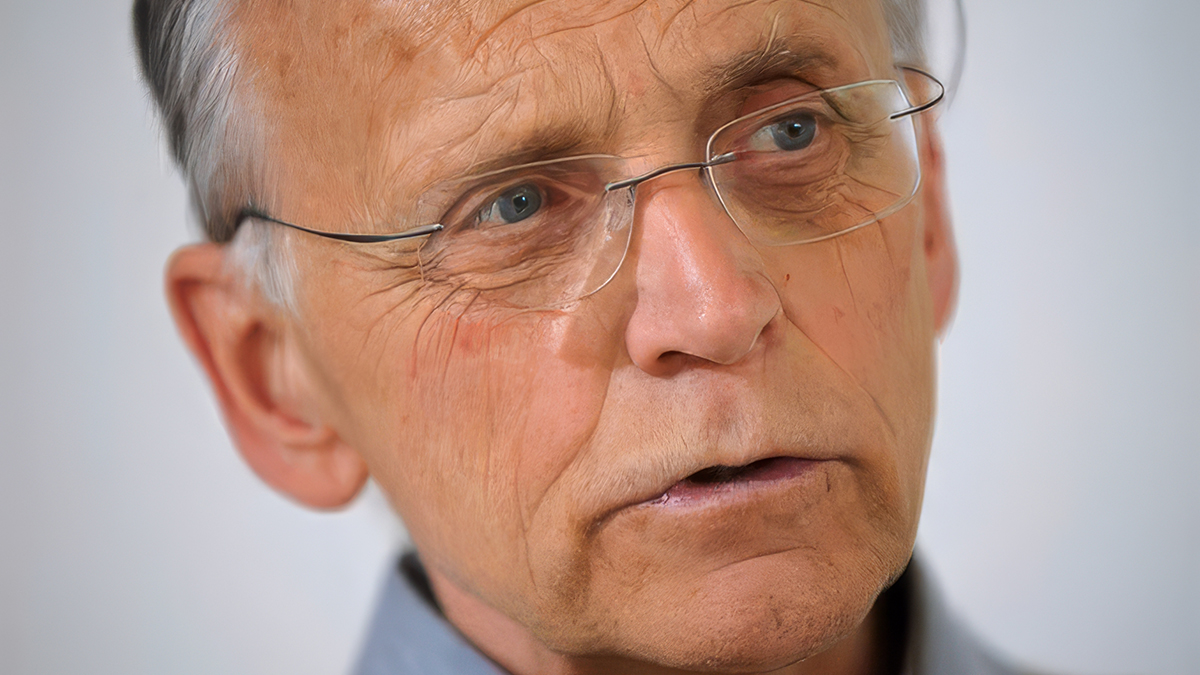Karl Marx is very familiar to everyone, has naturally played a major role in the labour movement, and was deeply committed to the oppressed industrial proletariat at the beginning of industrialisation.
He observed, in his engagement with religion, that in the region of Trier, where he encountered religion, the people who were happy had calloused feet and knees but were fundamentally not combative. That is, Karl Marx believed that religion had consoled people so much with the afterlife that they were unwilling to fight for more justice on earth.
Then he concluded, in his debate with his great teacher Hegel, that religion is something like the reflection of a heartless world. He said literally:
“Religious distress is at the same time the expression of real distress and the protest against real distress. Religion is the sigh of the oppressed creature, the heart of a heartless world.”
Thus, distress manifests itself in religion, making it a kind of reading aid. Because religion soothed protests by promising an afterlife, Marx famously remarked that it functions like opium. And that is where his famous quote comes from:
“Religion is the opium of the people”
Now, when I engaged more deeply with this topic—I will later explain how this came about—I often wondered: Is the world really so heartless?
Must we always see the world through dark lenses? Are we, as Pope John XXIII put it, merely prophets of doom when speaking about the world?
I found some answers when I did some research on the internet.
Many have a heart for animals. I hope you have pets at home. Many have a heart for children, which I find excellent. Sometimes I wonder: Is this an expression of a guilty conscience? Because perhaps we are sometimes heartless towards children, and thus feel the need to compensate by having “a heart for children.” I don’t know; you must answer that for yourselves.
I believe many people truly have a good heart for children.
Of course, we have a heart for Vienna, for Austria—these are all posters. Many currently have a heart for Ukraine, which I also find commendable.
I have students from Moscow and Lviv. They sit together in a research seminar—online, of course. At the beginning, I must always tell them:
“Today, we are an island of peace.”
We are a small island of peace. And they are struggling at the moment—both Ukrainians and Russians. I want to state that I know both sides. While the suffering of Ukrainians are more widely known, many people in Russia also suffer—from this war and from their own regime.

And here is something beautiful—Banksy’s artwork “Balloon Girl.” You may recall the moment it was shredded during an auction. But rather than losing value, it increased in worth. A shredded painting became even more valuable.
So, I will give you an overview of what to expect tonight—the “menu” that you will hopefully enjoy.
I believe that education and training—and indeed, all learning—should be an enjoyable experience, not as dull as sermons. Pardon me, but it should be a pleasure.
I recently read a study from Vienna—not conducted by theologians—which stated that church sermons should be made more engaging because many people experience what the study titled as “liturgical boredom.”
We should seriously discuss this topic in the future: How can religious ceremonies regain their strength and stop losing young people?
The first part of my talk will be a diagnosis, and the second part will present the therapy.
That is why the subtitle of my book was originally “Cardiological Meditations.” Cardiologists study the heart. But the publisher rejected this title. So, I changed it to “Courageous Meditations”, which still contains the concept of the heart (“cor” in Latin).
So, the diagnosis—how does the world look? Is it heartless? What acts of heartlessness exist today?
And secondly, can we learn from the heart—can we cultivate warmth in today’s life?
If you leave here today a little warmer-hearted, I will be pleased. Though, judging by our dinner conversation, you all already seem incredibly warm-hearted—almost beyond comparison.
Our World is Tumbling
I begin with a man from Canada, a French-speaking Jesuit who teaches social ethics in France. On February 24, 2022, I attended a conference where he delivered the keynote speech.
That date is now historic: the Russian invasion of Ukraine.
The online conference started at 9 AM, but after the first talk, air raid sirens sounded, and the event was over.
One statement from his talk struck me:
“We are living in a tumbling world.”
And this is where I begin the diagnosis: What is making the world tumble?
There are many books today discussing this—like Nouriel Roubini’s MegaThreats.
To simplify, I will highlight three key issues:
- Brutal wars that create heartbreaking suffering
- Here, you see an image from Ukraine—Bucha, where massacres took place. A woman kneels among the ruins, weeping.
- Pope Francis has called it “a Third World War in fragments.”
- The climate emergency
- I say “emergency,” not crisis, as the IPCC warns that we are at the tipping point of irreversible changes.
- The Gulf Stream is slowing, the Arctic is melting, glaciers are vanishing.
- The Amazon rainforest, which absorbs CO2, is being destroyed.
- Once we lose control of the climate, wildfires, floods, and hurricanes will overwhelm us financially.
- Mass migration
- Pope Francis reminds us: “People should be able to live where they were born.”
- Yet, wars, climate catastrophes, and poverty drive millions to flee.
- But migration policies must be measured and realistic—without overwhelming communities.
Thus, this heartlessness in the world forms the diagnosis.
And now I ask: Is there a therapy? Can we bring more warmth into a heartless world?

